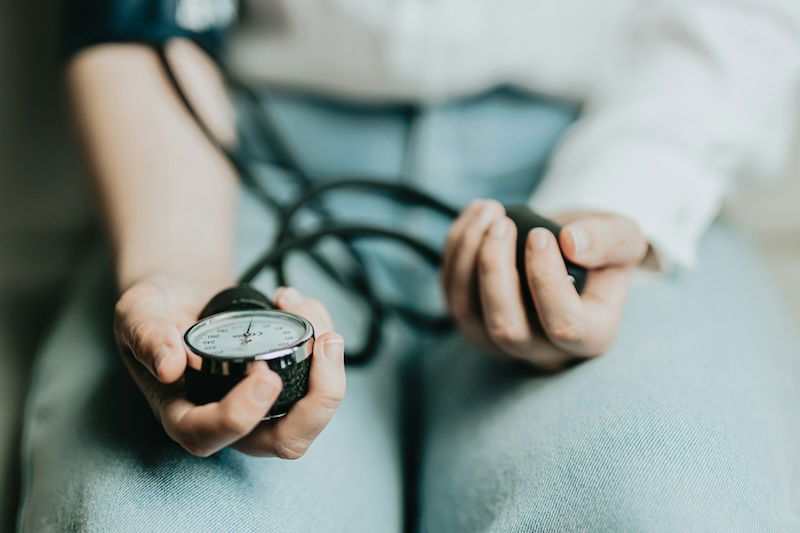I have been strongly advocating decentralised community action on the basis of evidence that is available, on its contribution to human development, lower multi-dimensional poverty, and higher incomes. A few friends suggested I must also point out what community action does not do well, to enable the adoption of the right priorities. Having seen the ill-consequences of decentralisation without accountability in the form of Bolero cars of Panchayat representatives, with the onset of MGNREGS funding, it is evident that decentralised community action has to be very well thought through. It is not a case of one-size-fit-all or all power without accountability.
The Nobel Prize winning economist, Elinor Ostrom, has studied and evolved a theory of practice on how communities come together for sustainable use of common pool resources. It is important to get community action right. We need to develop a theory of practice for decentralised community action in India. It is useful to list some of the challenges in decentralised community action and how programmes have addressed it for better outcomes. The key challenges are:
Accountability framework for elected local government leaders: There is a strong need for the countervailing presence of community organisations like women’s collectives and self-help groups, primary dairy cooperatives, farmer producer companies, to hold the elected local governments accountable. Monopolistic authority of power becomes arbitrary and there is a need for strong Panchayati Raj institutions — Self-Help Groups Convergence framework. Reservation of seats for women and socially vulnerable groups in local governments has changed the character of participation at the local level.
Use of technology as a means: Technology is a great enabler. Even the convening of Gram Sabhas need not be top-down and arbitrary, given the actual human resource needed to organise a Gram Sabha. Technology enables development of a calendar of Gram Sabhas, their geo-tagging to look at numbers and participation, and actually ensuring full transparency, real-time, of the accounts and administration of panchayats. The Gram Panchayat Development Planning exercise through adoption of such technologies for organisation and monitoring has helped in better community ownership in recent years. The top-down dictate of Gram Panchayats to organise Gram Sabhas on the same day is neither feasible (given staff shortages), nor desirable, as local governments must decide on their convenience.
Mission Antyodaya annual assessment: The Mission Antyodaya Survey was started in 2017 and is being improved each year. The Sustainable Development Goals, to which India is a signatory, has been localised into 208 data points. The women’s collectives and the panchayat representatives together vet the data of Mission Antyodaya and post it on the website. Real-time data must be fully public to assess to real situation of a village. The Mission Antyodaya Survey had challenged the open defecation status in some villages and it helped in making interventions to improve the outcomes of sanitation programmes. The survey provides an understanding of the gaps and deficits in every panchayat, making it a useful tool for local action. If panchayats do not change on SDGs, the country won’t.
Resource persons for effectiveness: Recruitment of professionals is one activity where panchayats should have a limited role. The actual selection must be external and professional. Under the successful Shiksha Karmi Project in Rajasthan, local teacher volunteer candidate lists were forwarded by local governments, but the final selection after interview was done by local civil society organisations given the responsibility of capacity development.
Bihar made the mistake in 2005 when elected panchayat members selected panchayat teachers, often arbitrarily. Similarly, for selection as Accredited Social Health Activists (ASHAs), while names came from the community, the final selection was done by a team of professionals from related programmes of health and women and child. ASHAs have been remarkably successful in improving health outcomes and during pandemics like Covid. The Community Resource Persons in the Rural Livelihood Mission is similarly an outstanding example of women who have come out of poverty, becoming the CRPs to transform other women’s lives and livelihoods.
Must be close to the community: This is best illustrated by the absence of decentralised community action in urban areas. Urban wards have high population, making community action impossible. That is why muscle power and local chieftains take over provision of basic services in urban slums. The only way to fight it out is to create elected Basti Samitis (like wards under Gram Panchayats in rural areas) that can hold the elected ward leaders accountable to the people. This change does not even require a constitutional amendment — it only needs a will for decentralised community action.
Untied and adequate funds for local action: Central and State governments should not spend a single rupee from their Budgets in the 29 sectors for rural and 18 sectors for urban in the 11th and 12th Schedules of the Indian Constitution, identified as sectors for local governments, without local governments approving such expenditures.
With Mission Antyodaya annual surveys providing the details of gaps and deficits, untied and adequate financing can be completely evidence based and priority drive. We need to honour local decentralised action rather than throttle by pre-ordained centralisation. It is possible to get community action right if we build a theory of practice that draws on evidence from the field. The time to act is now as local action alone will secure outcomes in human development that have been elusive; local convergence is the way to go.
The writer is a retired civil servant. Views are personal






Leave a Comment